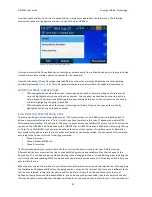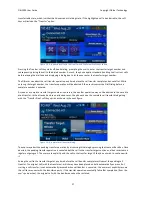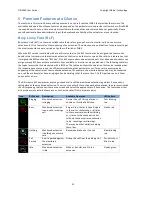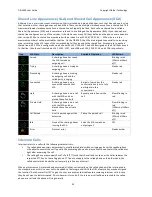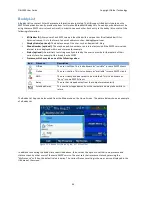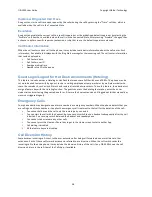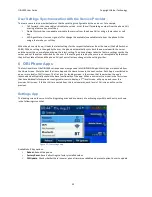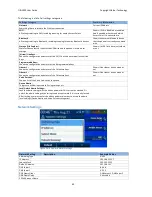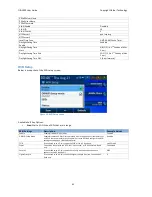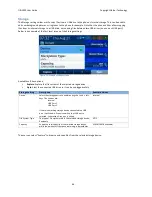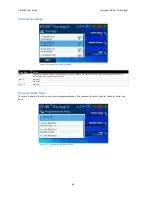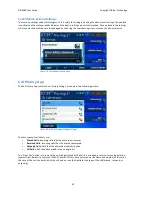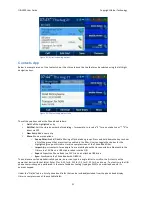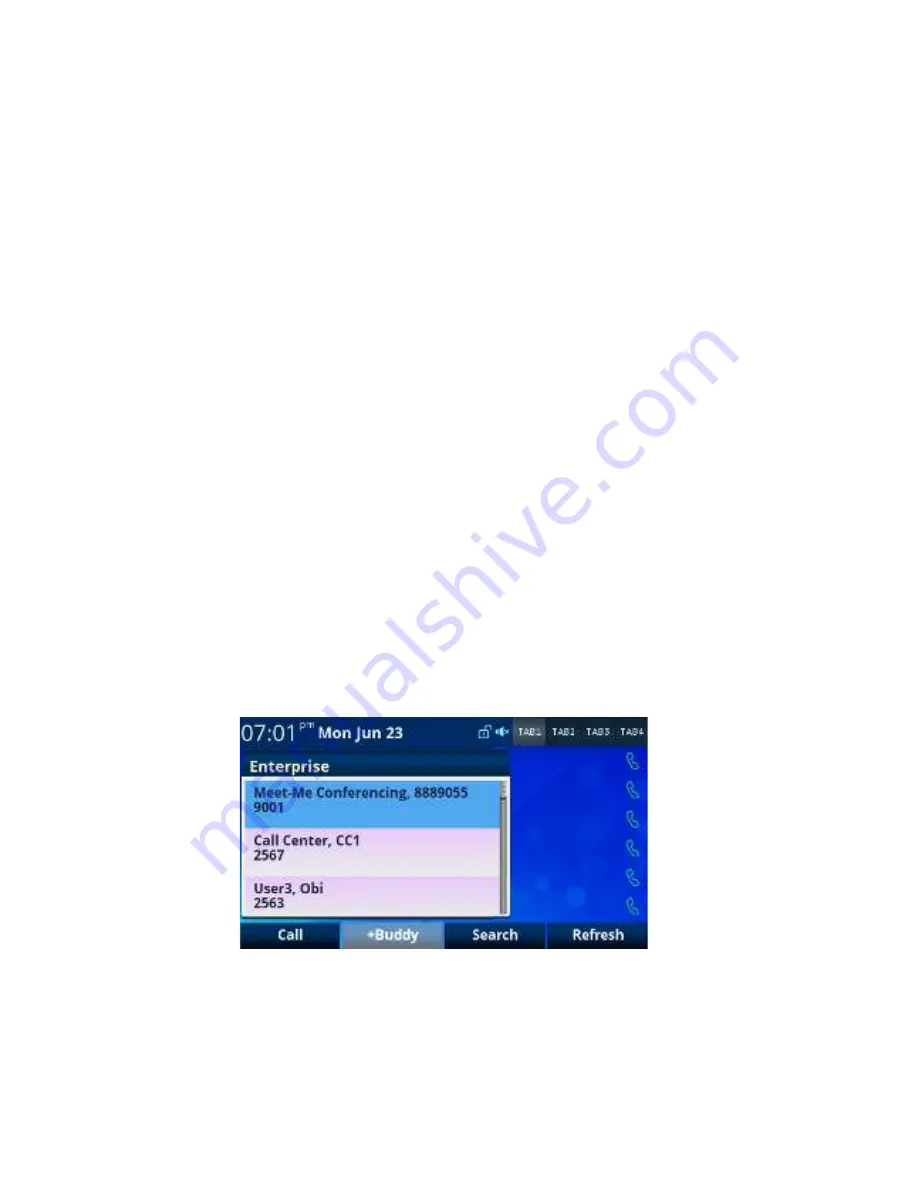
OBi1000 User Guide
Copyright Obihai Technology
36
Buddy List Management
Basic Buddy List operations include:
•
Add a contact
•
Remove a contact
•
Add a group
•
Remove a group
•
Add contact to a group
•
Remove contact from a group
•
Tag/untag a contact as a favorite
•
Accept presence subscriptions (i.e. invites) from other users
The OBi1000 does not support any of these operations from the phone GUI. However, the user can perform these
operations by running a PC or web client (such as Gmail) and logging in with the same account credentials to
manipulate the buddy list. The phone can then pick up the changes to the buddy list in that account automatically.
The phone should be thought of as a client to a cloud buddy list, with the management of the buddy list performed
via the online service that hosts the buddy list.
Network Directories
A network directory refers to a directory service offered by a service provider or your company, which could be one
of the services offered by the soft switch or PABX the phone is registering with. All the contacts in a network
directory are stored on the server and are downloaded on demand when the Network Directory App is running. A
network directory may be grouped into a number of sub-‐directories. For example, in the case of a BroadSoft soft
switch, the network directory service comes with the following sub-‐directories by default:
•
Group
•
Group Common
•
Enterprise
•
Enterprise Common
•
Personal
The network directory is downloaded once when the app is launched. The user may force a download after the app
has launched by pressing the “Refresh” or “Refresh All” soft key. There is a “Search” function where the user can
enter a search string of a name pattern (such as Obi*) and submit it to the server. The server then returns a list of
entries matching the search criteria to display on the phone screen.
Figure 26: Snapshot of a Network Directory (showing the Enterprise sub-‐
directory)


